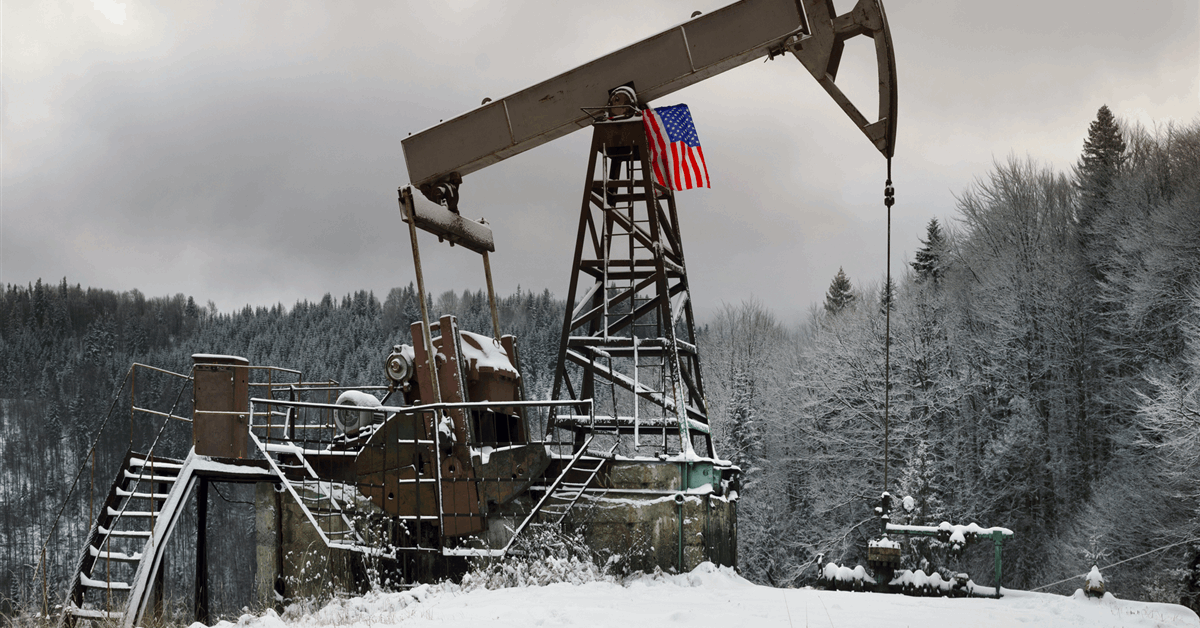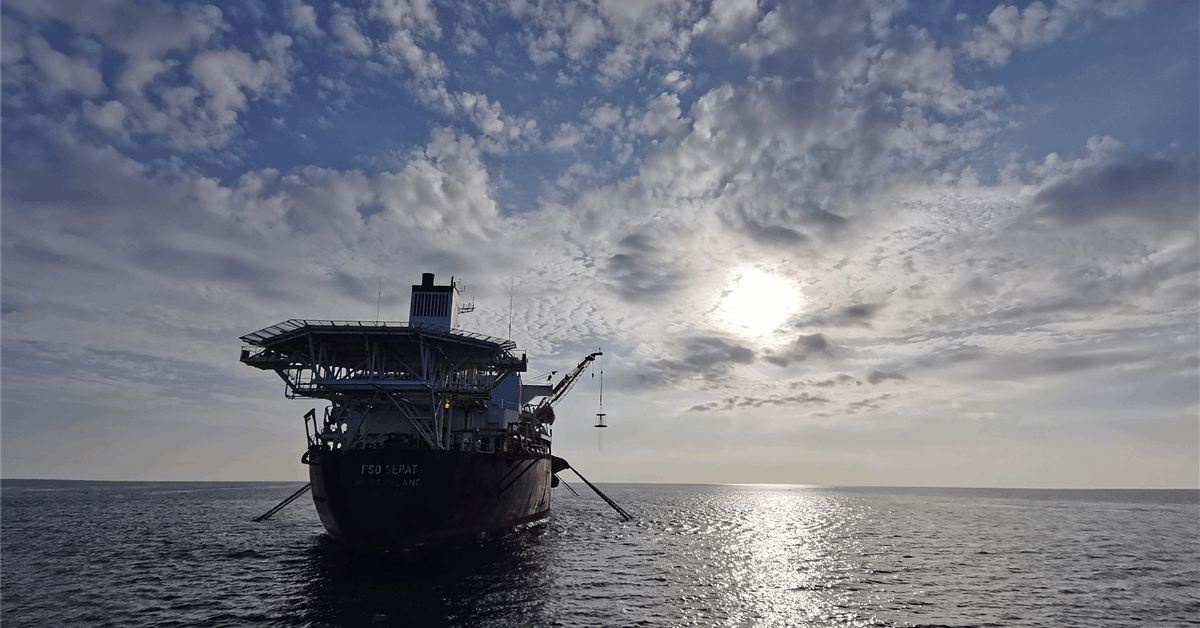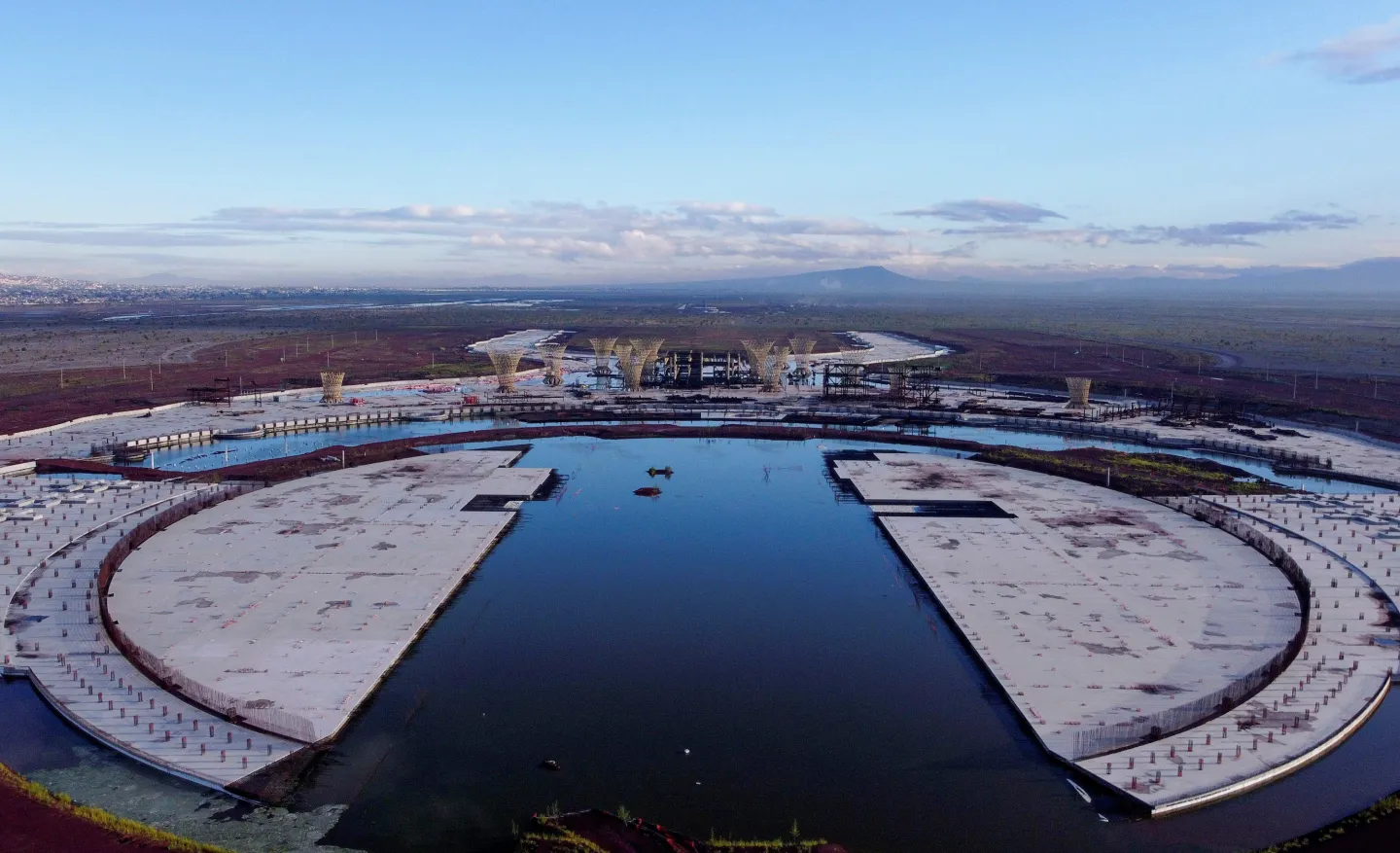
Oil rose after Ukraine attacked a key Russian oil port and Iran seized a tanker near the Strait of Hormuz, injecting a fresh geopolitical premium into prices.
West Texas Intermediate rose 2.4% to settle above $60. Brent also advanced.
A major drone attack damaged an oil depot and a vessel in the vital Black Sea port of Novorossiysk. About 700,000 barrels a day of Russian oil were shipped from there in September and October, according to vessel tracking data compiled by Bloomberg, while a nearby terminal handles more than 1.5 million barrels a day of Kazakh shipments.
Ukraine’s General Staff also said that it struck Rosneft PJSC’s Saratov refinery in Russia’s Volga region. That’s the third attack this month on the facility.
The attacks came on the same day that a US defense official said Iranian forces seized a tanker after it passed the vital Strait of Hormuz chokepoint, through which about a fifth of the world’s oil flows. The ship was smuggling 3,000 liters of fuel, state-run Islamic Republic News Agency reports. While authorities are still confirming the nature of the diversion toward the country’s territorial waters, Friday’s event would add to concerns that Iran is turning to hijacking merchant ships again.
Though motive remains unclear, Iran’s moves appear less likely to be a concerted effort to inhibit crude flows than a potential response to a US action against the Middle Eastern nation’s exports, said Gregory Brew, a geopolitical analyst at the Eurasia Group. Iran’s exports have been in excess of two million barrels a day over September and October, he added.
The twin concerns come against the backdrop of a tightening of US sanctions against Russia. Curbs on the country’s two largest oil companies, Rosneft and Lukoil PJSC, are due to kick in within days. Those restrictions won’t be absolute: The Trump administration extended a sanctions waiver on Friday for some Lukoil transactions as it steps up engagement with foreign governments and potential buyers over the oil firm’s international assets.
Still, the measures are already impacting fuel prices and key figures from the International Energy Agency to Europe’s largest refiner warn about the impact on the market from the curbs.
Friday’s bullish undercurrent helped stem a drop in crude prices, with futures down 16% this year on mounting expectations for a glut. The Organization of the Petroleum Exporting Countries and its allies have been restarting idled capacity in a bid to recapture market share, while nations outside the group have also raised production, creating a giant haul of cargoes sailing at sea.
“We’re seeing a familiar pattern here, with frequent temporary spikes and steep corrections,” said John Driscoll, founder and director of JTD Energy Services Pte. Risks from Ukrainian attacks on Russian facilities, sanctions and geopolitical uncertainty, coupled with demand for oil for the year-end, are coming together to temper the correction, he said.
Options markets were quick to react to the elevated risks. Bullish call options were fetching a small premium over bearish puts early on Friday, while a raft of contracts that would profit a buyer from a move back above $70 a barrel changed hands early in the day.
Traders have been assessing the cumulative impact on Russia’s energy infrastructure of the Ukrainian strikes, which have largely comprised a series of long-range attacks on ports and refineries. The assaults are an effort to reduce the energy revenue that helps Moscow finance its war.
In the Novorossiysk attack, falling debris caused a fire at the depot located at Transneft PJSC’s Sheskharis oil terminal, the regional emergency service said. The blaze was put out after more than 50 units of firefighting equipment were deployed, authorities said, but provided no details on the damage.
Kazakhstan said it continued to ship oil after the strike, with the country’s energy ministry in contact with Russian pipeline operator Transneft to obtain up-to-date information.
Ukraine last struck Russia’s Black Sea oil-loading infrastructure in late September. That attack forced the Sheskharis terminal and the Caspian Pipeline Consortium loading facilities to briefly halt, before resuming operations.
Elsewhere, OPEC member Venezuela was in focus with the arrival in the region of a US strike group led by the USS Gerald R. Ford, the world’s largest aircraft carrier. Military officials showed US President Donald Trump options for potential operations in the country in the coming days, CBS News said. In recent weeks, Washington has built up forces in the southern Caribbean, and blown up vessels near Venezuela’s coast suspected of trafficking drugs.
Oil Prices
- WTI for December delivery gained 2.39% to settle at $60.09 a barrel in New York.
- Brent for January settlement rose 2.19% to settle at $64.39 a barrel.






















